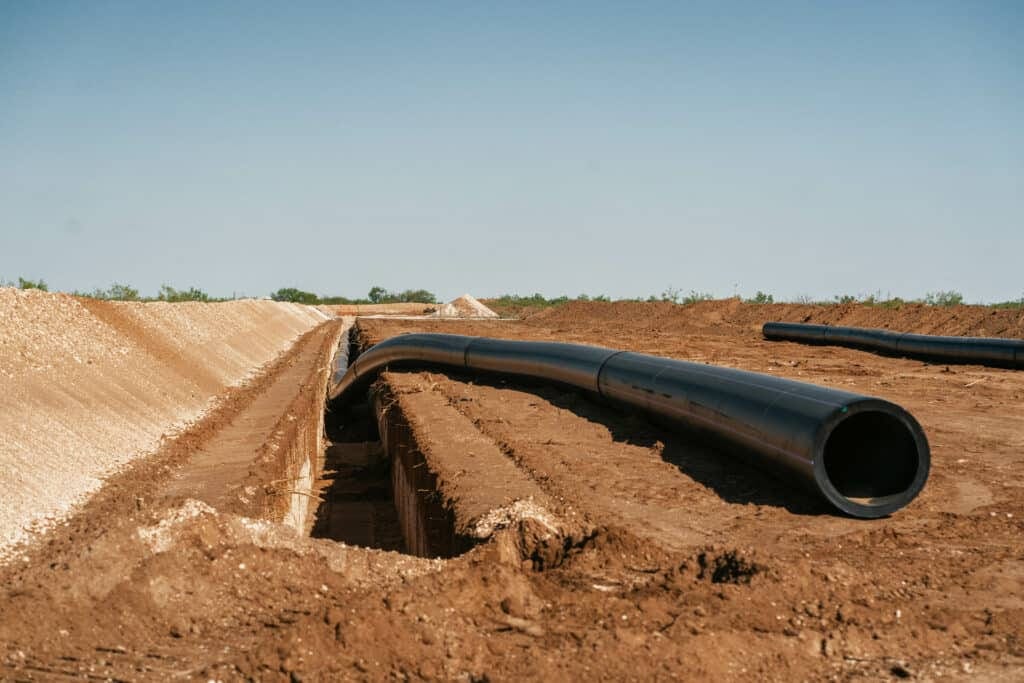In the realm of industrial applications, the mining sector stands out as one of the most demanding environments. The necessity for efficient, durable, and reliable systems for transporting various materials is critical for maintaining operational productivity and safety. Among the various materials employed in this sector, Polyethylene (PE) pipes have emerged as a pivotal standard due to their superior properties and adaptability to the unique challenges posed by mining operations.

Understanding PE Pipes
Polyethylene pipes, commonly referred to as PE pipes, are composed of high-density polyethylene—a thermoplastic polymer known for its resilience and flexibility. PE is categorized into various grades, with High-Density Polyethylene (HDPE) being the most prevalent in industrial applications, including mining. The physical and chemical properties of PE pipes make them an advantageous option for numerous uses within the mining industry.
Key Benefits of PE Pipes in Mining
- Corrosion Resistance: One of the most significant advantages of PE pipes is their inherent resistance to corrosion. Traditional materials, such as metal pipes, are prone to rust and degradation, especially when exposed to aggressive environments and chemicals often found in mining operations. PE pipes maintain their integrity over time, reducing the risk of leaks and failures that can lead to costly down-times and environmental hazards.
- Lightweight and Flexible: The lightweight nature of PE pipes makes them easier to transport and install in remote mining locales. Their flexibility allows them to be bent around obstacles and fitted into tight spaces without the need for additional joints or fittings, resulting in quicker installation times and reduced labor costs.
- Chemical Resistance: In the mining industry, processes often involve exposure to a variety of chemicals, sometimes including hazardous materials. PE pipes are resistant to a wide range of chemicals, making them suitable for transporting slurries, waste materials, and even potable water without the risk of contamination.
- Long Service Life: The robustness of PE pipes grants them a significantly longer service life compared to other materials, often exceeding 50 years under proper conditions. This longevity translates to reduced maintenance and replacement costs for mining companies over time.
- Reduced Friction Loss: PE pipes’ smooth internal surfaces contribute to lower resistance to the flow of fluids. This characteristic enables greater efficiency in the transportation of slurries and liquids, which can be critical for operations that rely on the swift movement of materials through pipelines.
- Jointing Techniques: PE pipes can be joined using several methods, including butt welding, electrofusion, and mechanical fittings. This versatility in joining methods permits flexibility in design and installation, making it easier to adapt systems to specific project needs.
Applications of PE Pipes in Mining
- Water Supply and Distribution: PE pipes are extensively used in the conveyance of water within mining operations. This includes both the supply of fresh water for mining processes and the management of wastewater. Given their corrosion and chemical resistance, PE pipes ensure safe transport while maintaining water quality.
- Slurry Transport: The transportation of slurry, which is a mixture of water and finely crushed ores, is a common operation in mining. PE pipes’ smooth bore helps minimize wear and tear, making them ideal for this application. The efficiency in transporting slurries is crucial, as it directly impacts the overall effectiveness of mineral extraction processes.
- Tailings Management: Tailings, waste byproducts generated during the extraction of minerals, must be expertly managed to mitigate environmental impact. PE pipes are often employed to transport tailings to storage facilities or tailings ponds. Their corrosion resistance significantly enhances the safety and reliability of these operations.
- Ventilation Systems: In underground mining, effective ventilation is imperative to ensure the safety of workers and maintain air quality. PE pipes can be utilized in ventilation ducting systems, allowing for the efficient circulation of air throughout mining shafts.
- Leachate Collection Systems: For operations involving heap leaching, PE pipes can effectively collect leachate fluids, which can then be redirected for processing or recycling. Their impermeability to chemicals makes them a reliable choice, reducing the risk of soil and groundwater contamination.

Challenges and Considerations
Despite the numerous advantages of PE pipes, there are challenges and considerations that mining operators must be aware of:
- Temperature Sensitivity: While PE pipes perform exceptionally well under a range of conditions, extreme temperatures can affect their mechanical properties. It’s vital to consider the operating environment when selecting PE pipes for specific applications.
- Installation Practices: Proper installation is crucial for maximizing the performance of PE pipes. To ensure integrity, mining companies should employ skilled professionals who are knowledgeable about the unique joining techniques appropriate for PE.
- Regulatory Compliance: Mining operations are subject to various local and international regulations governing environmental protection and material use. Maintaining compliance with these regulations is essential when selecting and installing PE pipe systems.
Conclusion
As the mining industry continues to evolve, the quest for more efficient, sustainable, and safe operations grows increasingly important. PE pipes offer a myriad of advantages, making them a preferred choice within the sector. Their resilience to corrosion, lightweight nature, and long service life render them optimal for various applications, from water supply and slurry transport to tailings management.
Ultimately, the strategic use of PE pipes can significantly enhance productivity, minimize maintenance, and contribute to the overall sustainability of mining practices. As technology and methods develop, the role of advanced materials like PE will undoubtedly grow, shaping the future of resource extraction and environmental stewardship in the mining sector. dpipe-piping system expert

